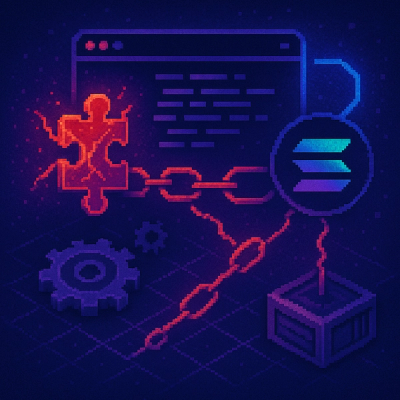
Research
Inside the GitHub Infrastructure Powering North Korea’s Contagious Interview npm Attacks
Socket Threat Research maps a rare inside look at OtterCookie’s npm-Vercel-GitHub chain, adding 197 malicious packages and evidence of North Korean operators.


